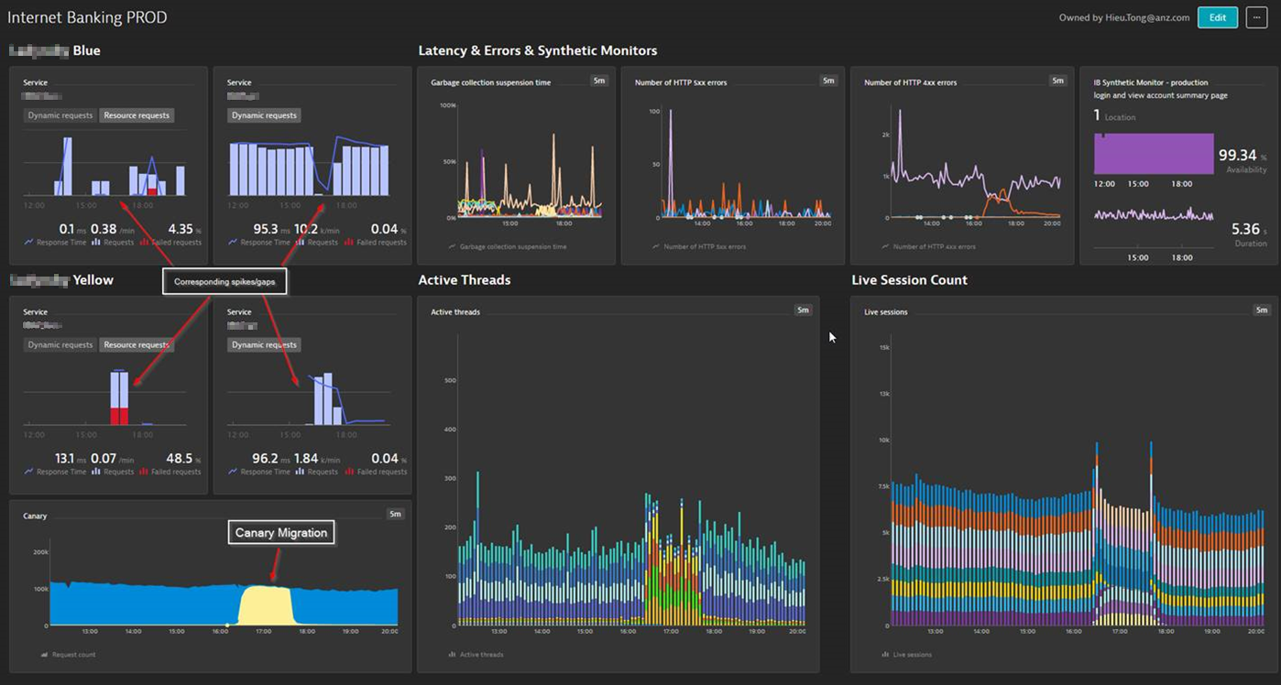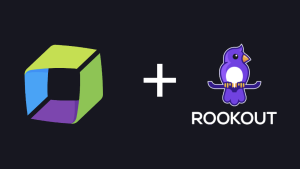In Part 1 of this blog series we looked sessions 1 - 4 and how to prepare ahead of Perform 2020. In this blog, we'll be doing the same for sessions 5 - 7.
In Part 1 of this blog series – Getting ready! A taste of what’s to come at Perform 2020’s “Release Better Software Faster” track – we highlighted what you can expect to learn about best practices for sessions 1 – 4 at Perform 2020. This blog, Part 2, we’ll be doing the same for sessions 5 – 7.
If you recall from Part 1, we went over survey results that showed 95% of companies are still not fully leveraging the power of DevOps, automation, cloud-native, or NoOps, to help them in their cloud advancement. All seven sessions and a Mainstage presentation will focus on helping organizations move successfully forward on this journey. A quick review of the sessions:
- How to transform into a NoOps organization
- Democratizing data – monitoring-as-a-self-service for Biz, Dev and Ops
- Increase quality and agility with load & performance engineering as a self-service
- Build resiliency into your continuous delivery pipeline with AI and automation
- Reduce risk and iterate faster – the right way to deploy canary, blue/green and feature flags
- NoOps: Reaching zero-incident prod through auto-remediation-as-code
- Introducing keptn*:A fast path to Autonomous Cloud (or NoOps-in-a-box)
- DevOps in action – Mainstage
*keptn is an open source enterprise-grade control plane for cloud-native continuous delivery and automated operations
To recall sessions 1 – 4, see the blog Part 1. And now . . .
Key learning 5: Reduce risk and iterate faster – the right way to deploy canary, blue/green and feature flags
Cloud-native software architectures provide the ability for deployment options, like Blue/Green, Canary, Dark Launches, and Feature Flagging – and make them easier. These deployment options are great because they allow businesses to embrace “continuous experimentation”. This has a value of increasing competitive advantage through rapid, targeted feature delivery while at the same time ensuring system availability, stability and resilience.
In Session 5, Marek Matuszewski, ANZ Banking Group, and Safia Habib, Dynatrace, will give you some insights into these deployment options in action, and show you how they can transform the roll-out of services. You’ll learn how Dynatrace can automate feedback loops to the business, while giving operations automation capabilities to react on potential issues that threaten overall system stability.

Key learning 6: NoOps: Reaching zero-incident prod through auto-remediation-as-code
The ultimate goal of every Ops team is to have zero manual activity when it comes to handling production incidents. There are two major approaches to get there:
- Stop breaking changes before production to decrease the number of incidents
- Automate business & technical remediation’s in actual production, removing manual effort
We discuss the first approach in Session 4 where we cover the creation of Quality Gates as part of the CI/CD pipeline. It’s the second approach that we’ll discuss here where Zohaib UI-Hassan, Senior Web Systems Administrator and DevOps Engineer at Cirtrix and Juergen Etzlstorfer, Dynatrace, give an overview of the most common problems seen in production and how they can be automated.
They’ll cover scenarios where run-book automation is a fit, and where application architecture supporting “self-healing” is a fit. In addition, Zohaib will highlight some cool stuff they have done with ChatBot’s that orchestrate the safe deployment of artifacts into production, as well as additional auto-remediation actions that keep their system healthy.
Note: Keptn has benefited greatly from Juergen and Zohaib’s active contributions, and you’ll see their experience come to play in this session.

Key learning 7: Introducing Keptn: A fast path to Autonomous Cloud (or NoOps-in-a-box)
Dynatrace recently announced Keptn, a fast path toward Autonomous Cloud that enables Developers, DevOps, SREs and Business to become self-governing in the delivery of faster, better value to end-users. It elevates the cloud stack to a full self-service continuous delivery and automated operations platform.

In this session, Sebastian Bonk, Manager of Software Development, Avodaq, will cover how business demand drives adoption of cloud architectures, and how Keptn helps deliver on the transformation. He’ll be joined by Andreas Grimmer, Dynatrace’s lead engineer of the Keptn Project, who will cover why Keptn was built, how that influenced Keptn’s architecture, and how to leverage Keptn’s individual capabilities such as Automated Delivery with Quality Gates, Canary Deployments, Continuous Feedback and Auto-Remediation in Production.
Note: you can also learn more about Keptn right now at www.keptn.sh or walk through it at the GitHub repository, see Quick Start.

I’m very honored to be back on Mainstage at Perform Las Vegas 2020, and joined with Abigail Wilson, Reliability Architect, CFA Institute, and Nestor Zapata, Manager of Data Center & Cloud Operations, at Citrix, on one of my favorite topics: DevOps!
There are two sides to DevOps that do not change with cloud-native or digital transformation:
- 20% technical change
- 80% cultural change
The technical aspect has evolved over time, and we can see that in the tooling and technology, as well as in the number of best practices. A great example of this is Dynatrace’s own transformation, which made a big impact as a base for our industry-wide and available Autonomous Cloud and our Autonomous Cloud Enablement Practice.

The cultural aspect of DevOps, however, is more challenging. While I’ve got my own recommendations on how to become more fully DevOps enabled, I think it’s better to hear from feet-on-the-street ACE activists (autonomous cloud enablers) to learn what works, and what doesn’t work, for different types of organizations. So, I welcome Abigail and Nestor, to join me on the stage.
Abigail will touch on the building of trust and bridges between business, development and operations, and how she has used Dynatrace establish high levels of performance for their production, testing and development that has increased the speed, quality and stability of their applications. Nestor’s going to speak on automation, and how he has automated himself out of several roles as he’s supported the cloud operation transformation at Citrix.
Join us in Las Vegas at Perform 2020!
I hope these two blogs have got you interested and excited to join us for the “Release Better Software Faster” track at this year’s Perform 2020. Also, if you haven’t yet registered, make sure to secure your tickets for BOTH the conference, and the two Hands-On Training (HOT) days!
The best thing about events like Perform is the opportunity to meet your peers, exchange information, experiences and thoughts, geek around a bit, and share a beverage or two.
See you in viva Las Vegas my friends!





Looking for answers?
Start a new discussion or ask for help in our Q&A forum.
Go to forum